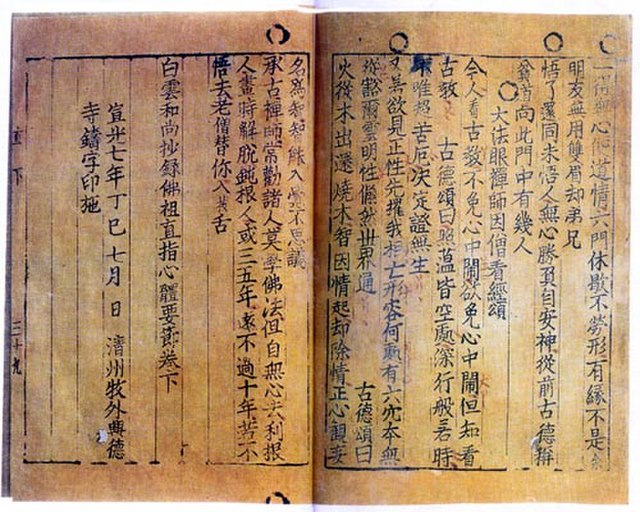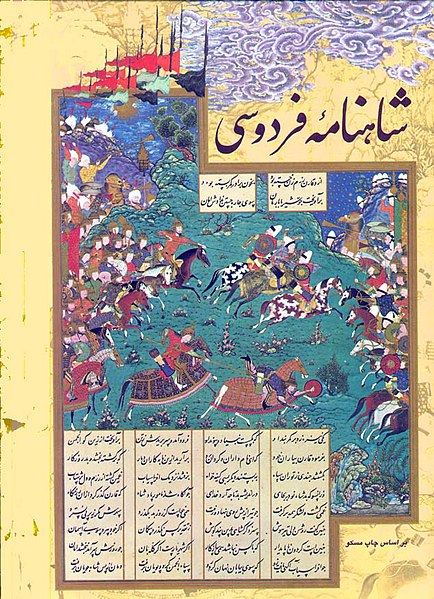Memory of the World Programme
UNESCO's Memory of the World (MoW) Programme is an international initiative launched to safeguard the documentary heritage of humanity against collective amnesia, neglect, decay over time and climatic conditions, as well as deliberate destruction. It calls for the preservation of valuable archival holdings, library collections, and private individual compendia all over the world for posterity, the reconstitution of dispersed or displaced documentary heritage, and increased accessibility to, and dissemination of, these items.
The Declaration of the Rights of Man and of the Citizen (1789) was used to disseminate to the political community the first French Constitution.
The Jikji is the earliest known book printed with movable metal type in 1377.
Memory of the World Register – Asia and the Pacific
The first inscriptions on UNESCO's Memory of the World Register were made in 1997. By creating a compendium of the world’s documentary heritage, including manuscripts, oral traditions, audio-visual materials, library and archive holdings, the program aims to promote the exchange of information among experts and raise resources for the preservation, digitization, and dissemination of documentary materials. As of December 2018, 429 main documentary heritages had been inscribed in the Register, with 116 of these from Asia and the Pacific.
Australia's The Story of the Kelly Gang (1906) is the first full-length narrative feature film produced anywhere in the world.
Cambodia’s Tuol Sleng Genocide Museum contains photographs of over 5,000 prisoners, as well as "confessions", many extracted under torture, and other biographical records.
The Rigveda is the fountain source of the so-called Aryan culture that spread beyond the Indian subcontinent.
The Shâhnâmeh (Book of Kings) of Iran is one of the classics of the Persian-speaking world, on a par with the Iliad and The Aeniad of the Greco-Roman cultural communities.






